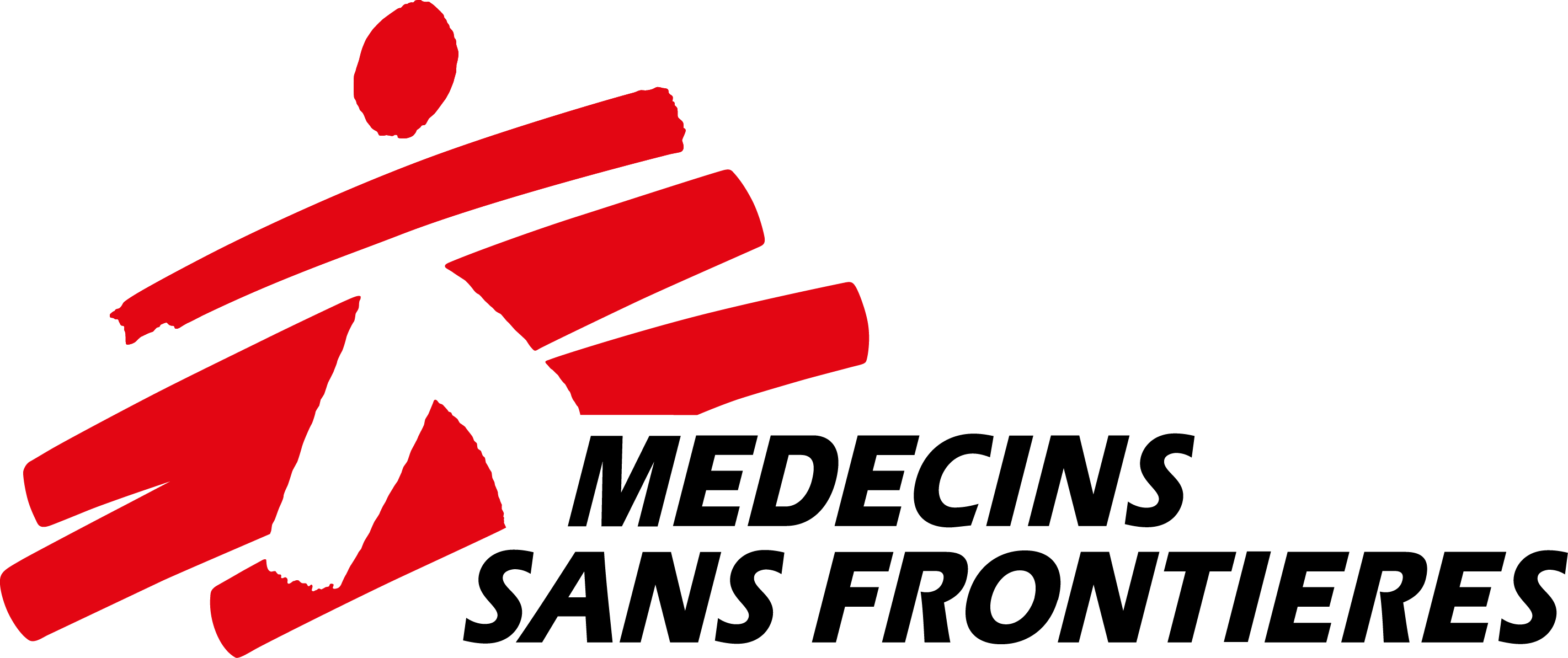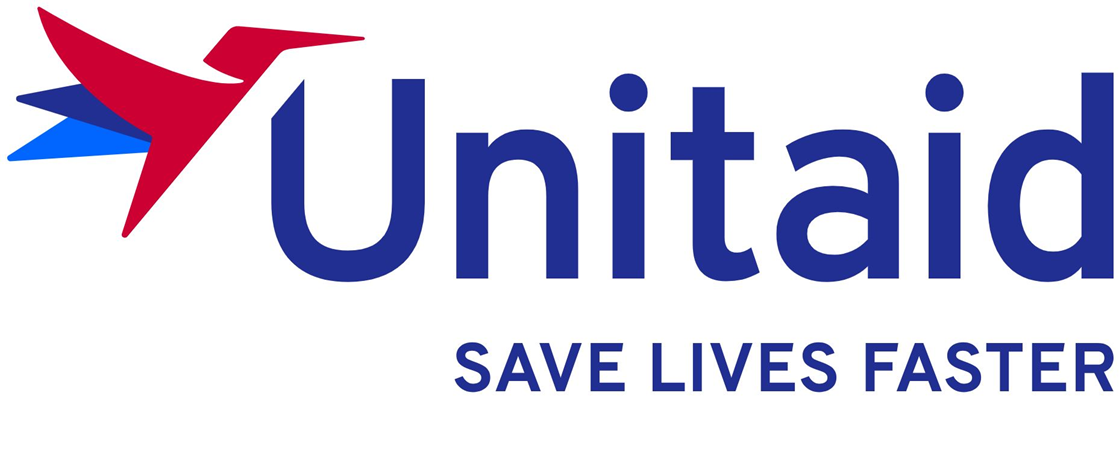Setting up pharmacovigilance based on available endTB Project data for bedaquiline
AUTHORS: N. Lachenal, C. Hewison, C. Mitnick, N. Lomtadze, S. Coutisson, E. Osso, S. Ahmed, G. Leblanc, S. Islam, H. Atshemyan, P. Nair, B. Kholikulov, S. Aiylchiev, K. Zarli, S. Adnan, A. Krisnanda, S. Padayachee, A. Stambekova, Y. Sahabutdinova, S. de Guadalupe Perea Moreno, A. Kumsa, A. Reshid, J. Makaka, S. Abebe, N. Melikyan, K.J. Seung, U. Khan, P. Khan, H. Huerga, M. Rich, F. Varaine
SETTING: Active pharmacovigilance (PV) is recommended for TB programmes, notably for multidrug-resistant TB (MDR-TB) patients treated with new drugs. Launched with the support of UNITAID in April 2015, endTB (Expand New Drug markets for TB) facilitated treatment with bedaquiline (BDQ) and/or delamanid of >2600 patients in 17 countries, and contributed to the creation of a central PV unit (PVU).
OBJECTIVE: To explain the endTB PVU process by describing the serious adverse events (SAEs) experienced by patients who received BDQ-containing regimens.
DESIGN: The overall PV strategy was in line with the ‘advanced´ WHO active TB drug safety monitoring and management (aDSM) system. All adverse events (AEs) of clinical significance were followed up; the PVU focused on signal detection from SAEs.
RESULTS and CONCLUSION: Between 1 April 2015 and 31 March 2019, the PVU received and assessed 626 SAEs experienced by 417 BDQ patients. A board of MDR-TB/PV experts reviewed unexpected and possibly drug-related SAEs to detect safety signals. The experts communicated on clusters of risks factors, notably polypharmacy and off-label drug use, encouraging a patient-centred approach of care. Organising advanced PV in routine care is possible but demanding. It is reasonable to expect local/national programmes to focus on clinical management, and to limit reporting to aDSM systems to key data, such as the SAEs.
Access to the full article - http://dx.doi.org/10.5588/ijtld.20.0115
Resource type




